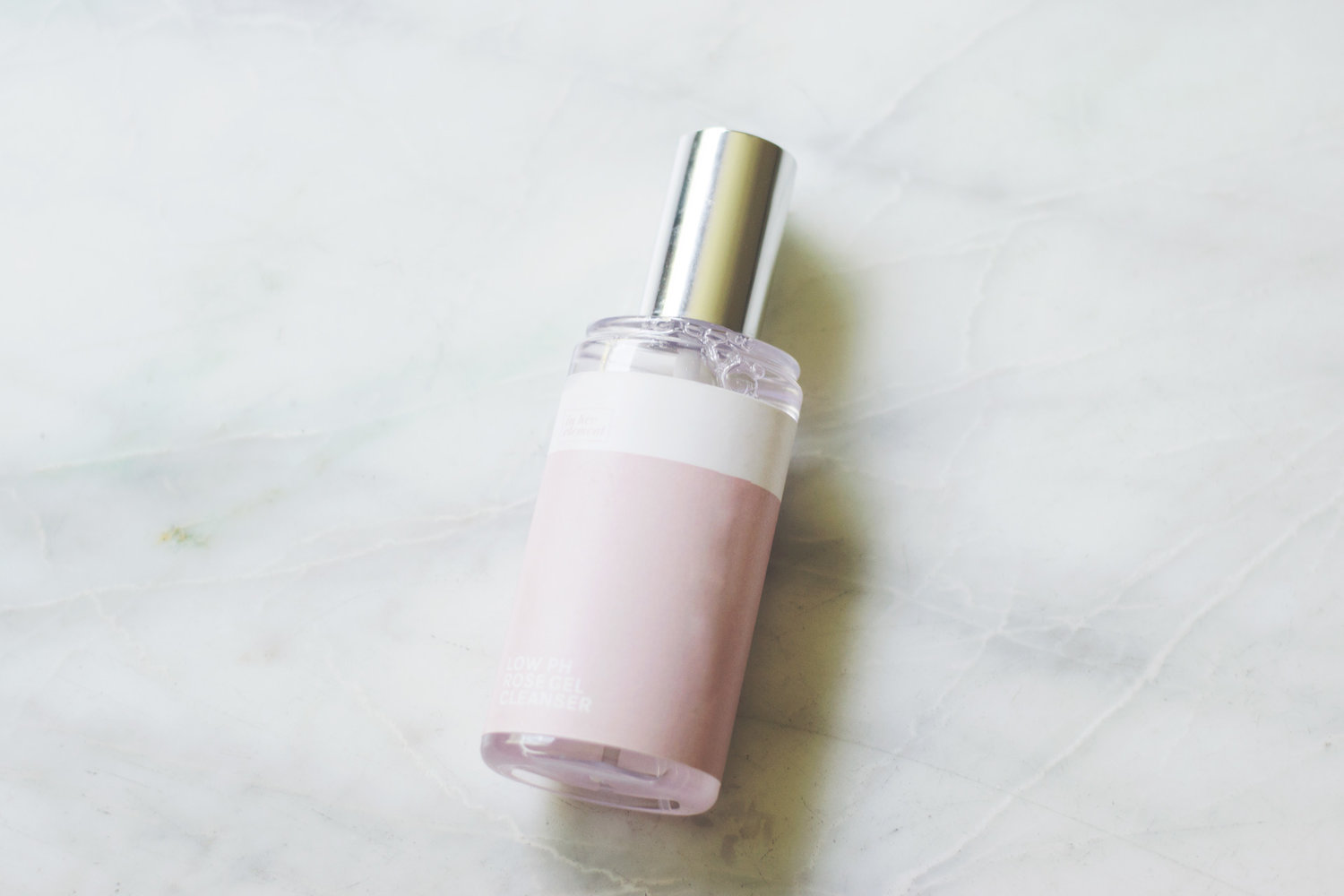
Photo from Project Vanity
Skincare can be a bit daunting with all this talk about the Korean 10-step routines, but the truth is no one ever starts with 10 steps. A good routine starts with only a handful of products and the most basic of steps until you work your way up to figuring out your skin’s individual needs. Only then do skin-specific steps like serums, ampoules, and acids come in.
It helps to figure out your skin type first. The four basic skin types that pertain to sebum production are normal, dry, oily, and combination.
- Normal skin is smooth with no dry patches or excess oil. This skin type works with a variety of products because it doesn’t often suffer from skin concerns like acne or sensitivity.
- Dry skin is usually tight and flaky. People with this skin type benefit from a strong focus on hydration. Non-drying cleansers and a thick moisturizer are a must to help lock-in moisture.
- Oily skin usually leaves a noticeable shine all over the face. Acne and blackheads are often attributed to people with oily skin, though they don’t always go hand-in-hand. It’s important to focus on balancing oil production rather than stripping the oil.
- Combination skin, in comparison to oily skin, leaves a noticeable shine on the T-zone but feels dry everywhere else. Combination skin is treated similarly to oily skin, though different areas may have different needs.
It’s important to note that dry skin is usually associated with colder climates and oily/combination skin is usually associated with warmer, more humid climates like ours. You may want to adjust your routine according to the weather. Right now, the cooler rainy season means that dry skin types ought to take extra care in keeping their skin hydrated and oily skin types can more comfortably use heavier moisturizers. When starting out, it’s a good idea to choose products that adapt well to weather changes, like moisturizers that can be layered on during colder seasons or sunscreen that is easily reapplied for the summer months.
Step 1: Cleanser
A low pH cleanser is a great first step in forming your skincare routine. It’s in charge of washing off the dirt and excess oil at the start and end of the day. You’ll want a cleanser with a pH below 7 to maintain your skin’s naturally acidic pH. Bar soap just doesn’t cut it as they can be very drying with a pH of 9-10. This article is a great read for more information on pH levels and skincare.
But wait, do you need to tone after cleansing? No you don’t, if you used a pH-balanced cleanser! Toners were made to “tone” back down the pH level of skin to its normal acidity. If you washed your face with the correct cleanser, toners are just optional.